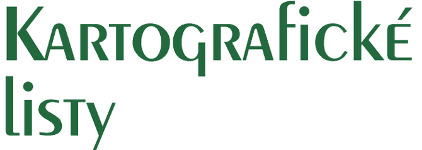Michal GALLAY, Chris LLOYD, Jennifer MCKINLEY, Lorraine BARRY
Porovnanie vertikálnej presnosti digitálnych modelov georeliéfu z údajov získaných moderným pozemným meraním a leteckým laserovým skenovaním
Gallay, M., Lloyd, C., McKinley, J., Barry, L.: Comparing the vertical accuracy of digital elevation models derived using modern ground survey and airborne laser scanning. Kartografické listy, 2011, 19, 4 figs., 2 tabs., 21 refs.
Abstract: The paper presents a comparison of digital elevation models of georelief (terrain) (DEMs) of a high spatial resolution based on summary statistics of elevation residuals. The DEMs were generated from elevation points measured using three state-of-the-art ground surveying technologies and airborne laser scanning (ALS), also known as LiDAR. The data acquired represent two sections of the earth surface in a mountainous area of the Great Langdale Valley, Lake District, England. Four DEMs were derived from the four datasets which were mutually subtracted and statistics were computed from the residuals for each site. The applicability of the ground surveying methods is also discussed. Based on practical experience, it was concluded that surveying with total station using automatic target recognition and also differential GPS provided the most precise model of the terrain surface. High definition terrestrial laser scanning (HDS LS) provided the most detailed sample of the landscape canopy surface. However, the method seems less effective, compared with the two previously mentioned methods, if terrain modelling is the objective of a survey. The use of HDS LS is restricted to sites with an easy access and it is more sensitive to weather conditions. The data acquired by ALS modelled the terrain more realistically than HDS LS data. Accuracy of the ALS sample with respect to the total station data was acceptable judging by the RMSE specified by the data provider. Thus, one can recommend using such data as a reference sample in the assessment of different DTMs of similar spatial resolution and level of detail providing that the objects restricting laser light to reach the ground surface are masked out.
Keywords: automatic target recognition, differential GPS, laser scanning, accuracy, DEM

